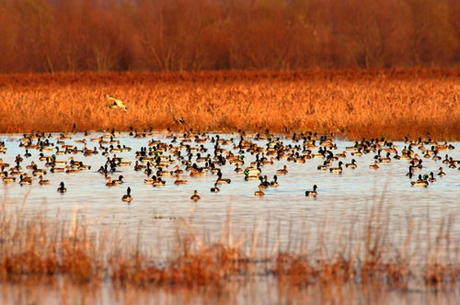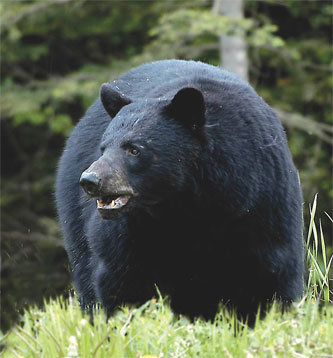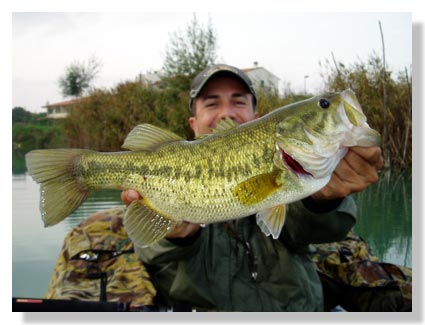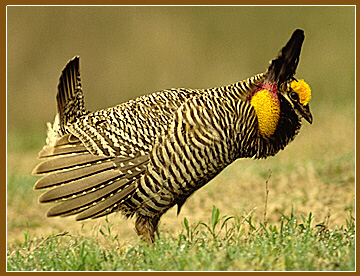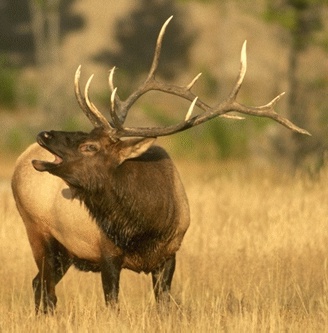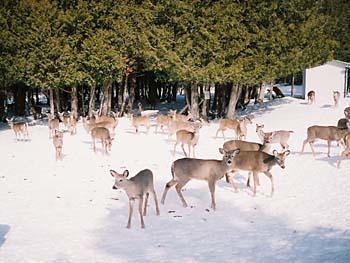
The Colorado Division of Wildlife is planning to start emergency feeding operations for big game animals in the Gunnison Basin as soon as possible. Mule deer will be targeted because they are most impacted by adverse weather conditions. However,feed and hay will also be provided to bighorn sheep, pronghorn and elk.
Providing feed to wildlife requires a major undertaking and many personnel hours, and the DOW is seeking volunteers to help with the emergency feeding effort. DOW wildlife managers are now working on the logistics of the operation. While some feeding will start as soon as material is available, the effort will increase as feed, specially formulated for deer,becomes available from a mill next week. Continue reading Emergency Wildlife Feeding of Deer and Pronghorn
